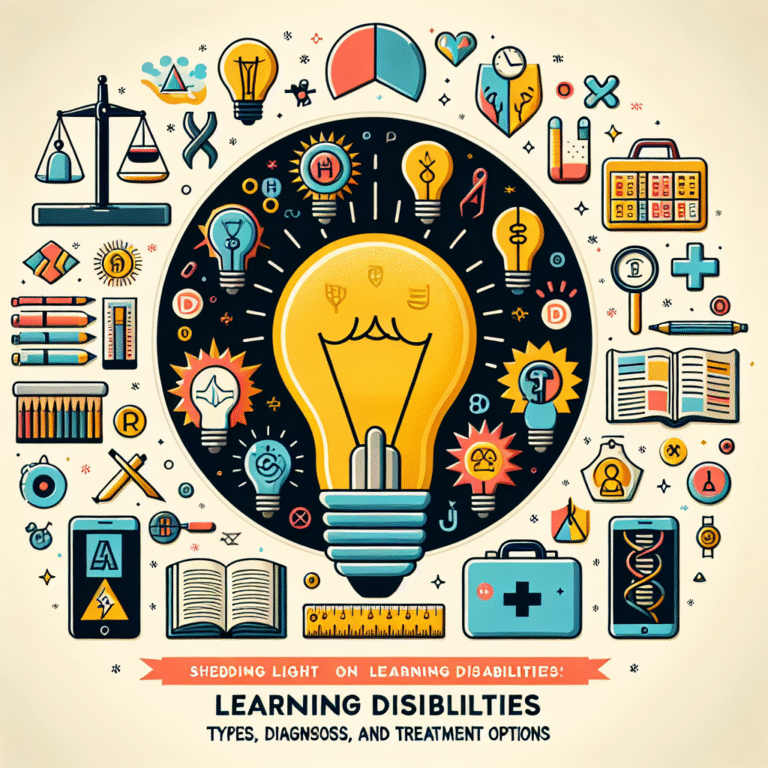
Introduction
Have you ever felt a wave of dread wash over you at the mere thought of speaking in public or attending a social gathering? If so, you’re not alone. Social anxiety is a common yet often misunderstood condition that affects millions of people worldwide. Understanding "The Science Behind Social Anxiety: What Happens in Your Brain?" can empower individuals to navigate these feelings more effectively. In this article, we will delve deep into the neurobiological mechanisms that contribute to social anxiety, explore real-world implications, and offer insights that can transform anxiety into confidence.
Understanding Social Anxiety
What Is Social Anxiety?
Social anxiety disorder (SAD) is characterized by an intense fear of social situations where one may be judged, embarrassed, or scrutinized by others. While it’s normal to experience anxiety in social situations, for those with SAD, this fear can be debilitating, leading to avoidance of gatherings, missed opportunities, and a significant decline in the quality of life.
Symptoms of Social Anxiety
Common symptoms include:
- Physical Symptoms: Racing heart, sweating, trembling, or blushing.
- Cognitive Symptoms: Intense worry about upcoming social interactions or dwelling on past social mistakes.
- Behavioral Symptoms: Avoidance of social situations or extreme distress when faced with them.
These symptoms often create a vicious cycle that reinforces fear and anxiety, leading individuals to withdraw further from social interactions.
The Neurobiology of Social Anxiety
Brain Structures Involved
Understanding "The Science Behind Social Anxiety: What Happens in Your Brain?" requires an examination of specific brain structures involved in anxiety:
Amygdala:
- The amygdala processes emotions and is often referred to as the "fear center" of the brain. In individuals with social anxiety, this area may be overactive, amplifying feelings of fear and anxiety when faced with social situations.
Prefrontal Cortex:
- This region is responsible for higher-order thinking, decision-making, and regulating emotional responses. In those with SAD, there may be an underactivity in this area, making it harder to manage fear responses.
- Hippocampus:
- Involved in the formation of memories, the hippocampus is crucial for context and social navigation. Studies have shown that individuals with social anxiety may have a smaller hippocampus, which can impair their ability to recall social cues and respond appropriately.
Neurochemical Factors
In addition to structural differences, neurochemical imbalances play a vital role:
- Serotonin: Often linked to mood regulation, low levels of serotonin may contribute to anxiety disorders.
- Dopamine: Involved in reward processing, an imbalance in dopamine systems can affect motivation to engage socially.
- Cortisol: This hormone is released during stress. Chronic stress from social anxiety can lead to higher cortisol levels, which may perpetuate feelings of anxiety.
Case Studies Illustrating the Impact
Case Study 1: The Public Speaker
John, a 32-year-old marketing executive, experienced social anxiety that made him dread speaking in team meetings. Using cognitive behavioral therapy (CBT), he learned to reframe his thoughts and gradually faced his fears by practicing in smaller groups. John’s case highlights how therapeutic interventions can help rewire the brain’s fear responses.
Analysis
This case underscores the effectiveness of actionable strategies for managing social anxiety by targeting not just thought patterns but also the brain’s underlying processes.
The Role of Genetics
Research indicates that genetics can play a significant role in the development of social anxiety. If you have a family history of anxiety disorders, you may be more likely to experience social anxiety yourself. Identifying genetic markers could pave the way for personalized treatment options tailored to individuals.
Managing Social Anxiety
Therapeutic Approaches
Cognitive Behavioral Therapy (CBT): A highly effective approach focusing on changing negative thought patterns and behaviors associated with social anxiety.
Exposure Therapy: Gradual exposure to anxiety-inducing social situations can help change responses over time.
- Medication: Antidepressants and anti-anxiety medications can sometimes be effective, but it’s essential to consult with a healthcare provider.
Lifestyle Changes
- Mindfulness and Relaxation Techniques: Practices like meditation, yoga, and deep breathing can reduce anxiety levels.
- Physical Exercise: Regular exercise is linked to improved mood and reduced anxiety.
Social Skills Training
Engaging in social skills training can build confidence, improve interactions, and help individuals face social settings with less fear.
Visualization of Brain Activity
Table of Brain Structures vs. Functionality
| Brain Structure | Functionality | Role in Social Anxiety |
|---|---|---|
| Amygdala | Emotion processing, fear response | Overactive leading to heightened sensitivity to threat |
| Prefrontal Cortex | Decision-making, emotional regulation | Underactivity may lead to poor fear management |
| Hippocampus | Memory formation, social cues recognition | Impairment may hinder social navigation |
| Neurotransmitters | Mood and behavior regulation (e.g., serotonin, dopamine) | Imbalances can exacerbate symptoms |
Conclusion
The journey through social anxiety may seem daunting, but understanding "The Science Behind Social Anxiety: What Happens in Your Brain?" is the first step toward overcoming these challenges. By recognizing the role of brain structures, genetics, and various therapeutic interventions, individuals can reclaim their confidence and thrive in social settings. Whether through professional help, lifestyle changes, or self-help strategies, there are actionable paths to recovery.
Final Takeaway
Embrace the understanding that social anxiety doesn’t define you. With knowledge and resilience, you can navigate your feelings and transform anxiety into a source of growth and opportunity.
FAQs
1. What triggers social anxiety?
Common triggers include public speaking, meeting new people, or engaging in group activities where one fears being judged.
2. Can social anxiety be cured?
While there is no definitive "cure," many individuals manage symptoms effectively through therapy, medication, and lifestyle changes.
3. Are there natural remedies for social anxiety?
Some find relief through herbal supplements, mindfulness practices, and regular exercise, though it’s advisable to consult a healthcare professional.
4. How do genetics influence social anxiety?
Studies show that social anxiety can run in families, suggesting a genetic component, though environmental factors also play a significant role.
5. What is the first step in addressing social anxiety?
Seeking consultation from a mental health professional is a crucial first step in understanding and managing social anxiety effectively.
By comprehensively exploring "The Science Behind Social Anxiety: What Happens in Your Brain?", we hope to have provided valuable insights that resonate and inspire action.












